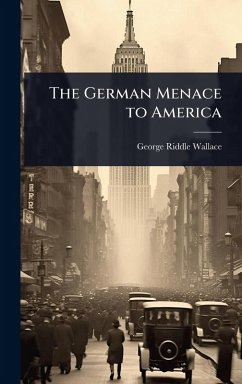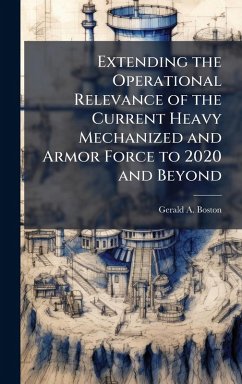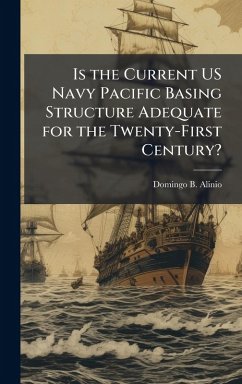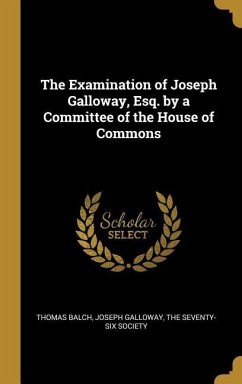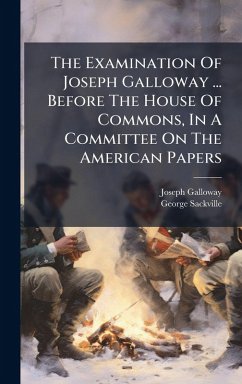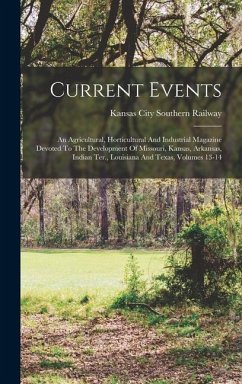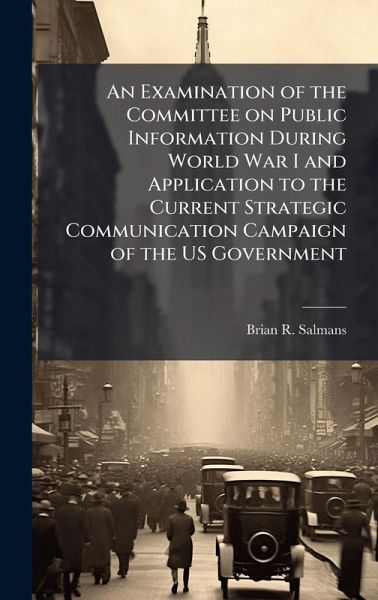
An Examination of the Committee on Public Information During World War I and Application to the Current Strategic Communication Campaign of the US Government
Versandkostenfrei!
Versandfertig in über 4 Wochen
25,99 €
inkl. MwSt.
Weitere Ausgaben:

PAYBACK Punkte
13 °P sammeln!
The importance of the exploitation of the information instrument of power is recognized by the United States as a vital component to the wars in Afghanistan, Iraq, the Global War on Terrorism and indeed all future wars. Especially relevant today is the battle of ideas or the war for the Muslim mind that is occurring in this area as America tries to preempt the causes and prevent the actions that led to the attacks against the United States on 11 September 2001. The US government must have a successful strategic communication program, transcending the efforts of all involved departments, to lev...
The importance of the exploitation of the information instrument of power is recognized by the United States as a vital component to the wars in Afghanistan, Iraq, the Global War on Terrorism and indeed all future wars. Especially relevant today is the battle of ideas or the war for the Muslim mind that is occurring in this area as America tries to preempt the causes and prevent the actions that led to the attacks against the United States on 11 September 2001. The US government must have a successful strategic communication program, transcending the efforts of all involved departments, to leverage the inherent advantages and capabilities that America possesses. Unfortunately, the United States has stumbled in this area as documented in The National Commission on Terrorist Attacks Upon the United States, better known as the 9/11 Commission Report, two Defense Science Board reports, and numerous other reports and surveys. This work has been selected by scholars as being culturally important, and is part of the knowledge base of civilization as we know it. This work was reproduced from the original artifact, and remains as true to the original work as possible. Therefore, you will see the original copyright references, library stamps (as most of these works have been housed in our most important libraries around the world), and other notations in the work. This work is in the public domain in the United States of America, and possibly other nations. Within the United States, you may freely copy and distribute this work, as no entity (individual or corporate) has a copyright on the body of the work. As a reproduction of a historical artifact, this work may contain missing or blurred pages, poor pictures, errant marks, etc. Scholars believe, and we concur, that this work is important enough to be preserved, reproduced, and made generally available to the public. We appreciate your support of the preservation process, and thank you for being an important part of keeping this knowledge alive and relevant.



